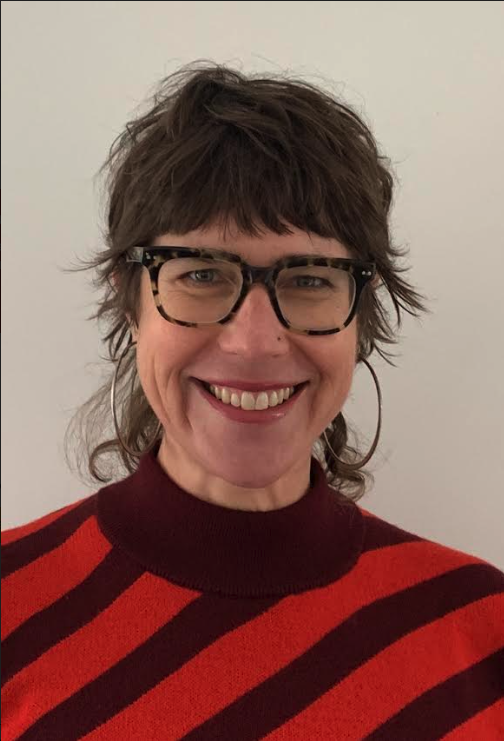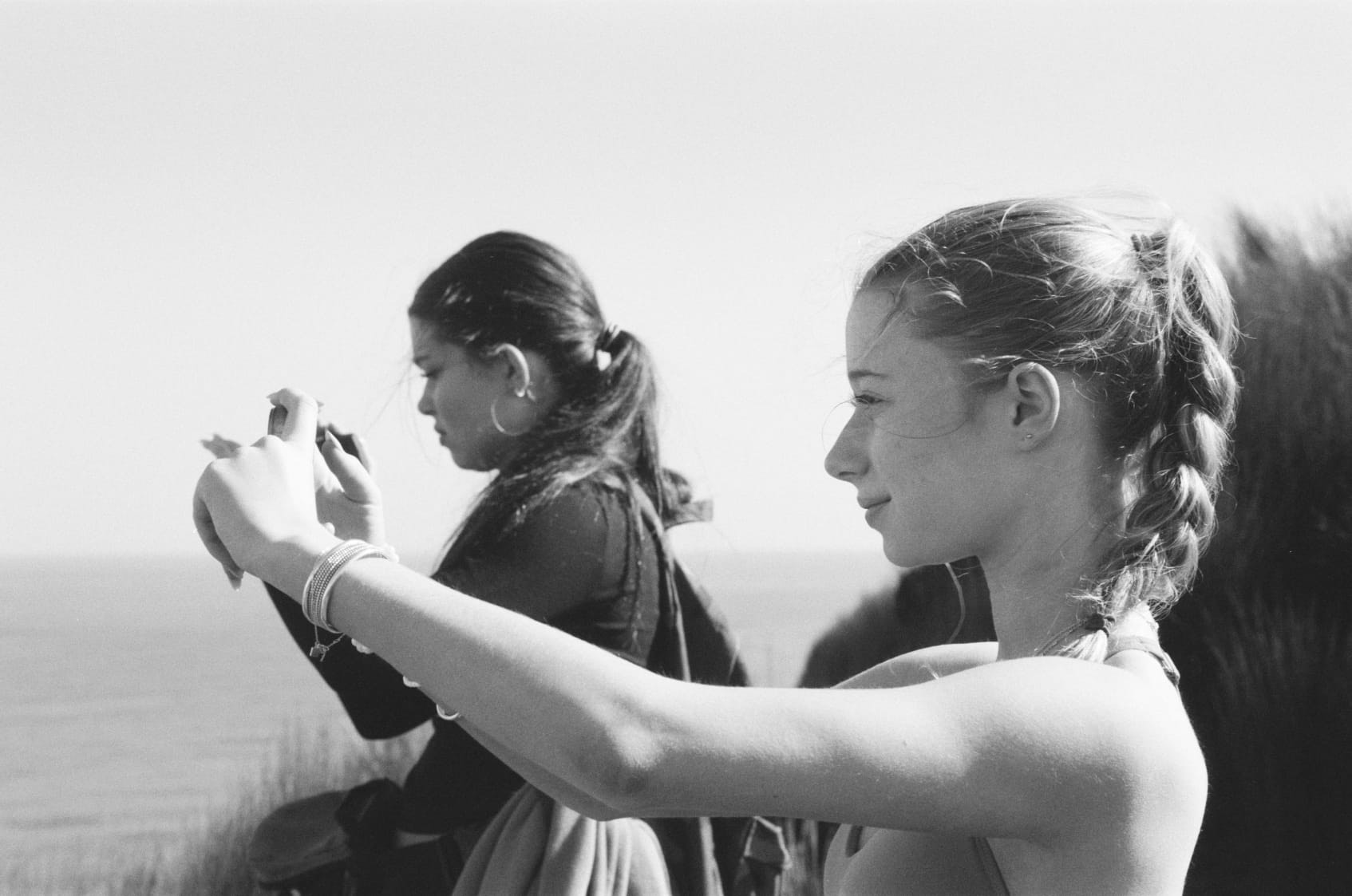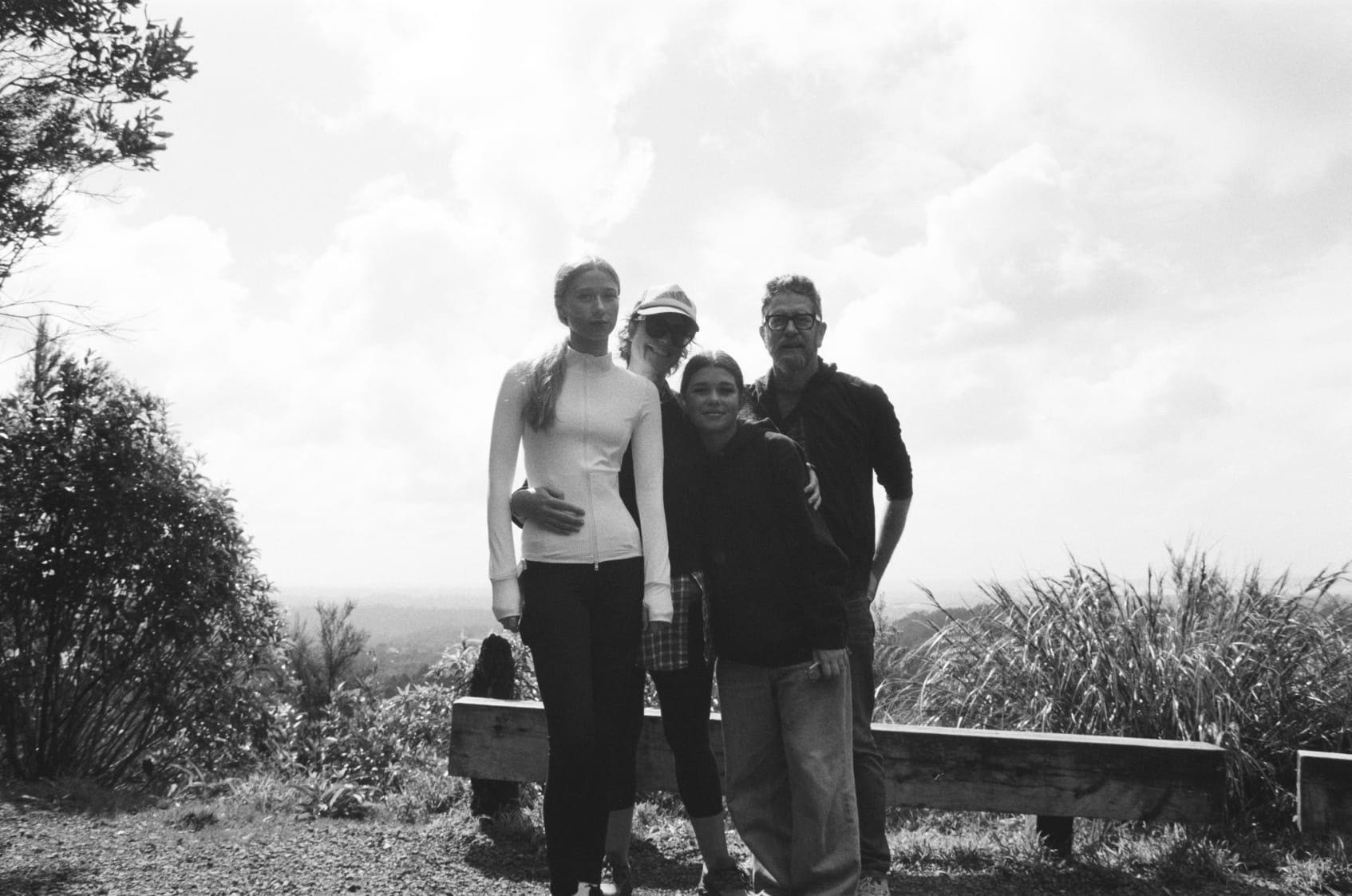In this HERpower talk, meet Emily, VP of Design for the Agile and DevOps team at Atlassian.
She shares her journey in design and leadership, and why self-awareness, adaptability, and inclusivity are key in the tech field.
Get inspired!
Bio
Emily Henlein is an Auckland-based global design leader with over 20 years of extensive experience building and leading world-class design and research teams in small to large companies, namely Amazon, Microsoft, Yell UK, Xero, and Atlassian.
She’s currently the VP of Design for the Agile and Dev Ops team at Atlassian. She’s also a mom to 2 sassy teenage girls and believes work-life harmony is the best way to manage all the things. To keep calm, she practices yoga and loves a competitive tennis game. She’s also deeply passionate about teen mental health and is working with the Safe Screens collective to influence legislation in New Zealand.

The Conversation
Happy to welcome you on HERpower, Emily. Let’s start with you briefly introducing yourself.
Emily: I’m Emily Henlein, VP of Design at Atlassian, based in Auckland, New Zealand. I’m a mother of two teenage girls and have been living in New Zealand for almost six years now. Before this, I spent nearly two decades in Seattle, where I grew up in the tech industry. I’ve always been passionate about design and technology, and I love how my role allows me to blend both fields.
What made you decide to move to New Zealand?
Emily: We always had plans to return to New Zealand. I met my husband while studying abroad here, and we figured we needed to make the move before the girls were too grown up. In hindsight, I’d say we waited a bit too long. If I could do it over, I would have moved earlier in their lives. We wanted a different pace and lifestyle for the girls, and to have the girls experience a different perspective. It was important to us to provide them with an opportunity to enjoy a different culture.
Is New Zealand giving you that different pace?
Emily: Auckland is a vibrant city that beautifully blends urban life with nature. Working at Atlassian, which is currently undergoing a transformation, has kept me busy. We scaled up quickly as a business. Personally, I haven’t slowed down much due to my role’s demands, but I do think the opportunity for a slower pace is there in New Zealand if you want it. It’s all about how you choose to navigate your lifestyle here.

Speaking of Atlassian, how did you end up in your current role? Was it related to your studies, or what’s your professional journey?
Emily: My undergraduate degree was actually in Buddhism, ethics, and ecology.. While it may seem unrelated to design, I essentially learned how to think critically and approach problems from multiple perspectives. Later, I pursued a Master’s degree at the University of Washington. While I was there, the head of design at Amazon came to speak, and I reached out to her for lunch. Before I knew it, I was hired as a senior designer at Amazon when the entire company fit in one building on the hill in Seattle. That’s where my tech career really took off, as I was able to work on diverse projects that influenced millions of users.
That sounds like quite a journey!
Emily: It was! After a few years at Amazon, I pivoted because I wanted to start a family. I moved to Microsoft, which was much more family-oriented at the time, with many people raising families and a better work-life balance. I was there for quite a while, then I worked on turnarounds with former Amazon and Microsoft people. This experience significantly shaped my perspective on leadership and design. Fast forward to New Zealand—I initially thought I would step away from tech to open a yoga studio or venture into the wellness industry. I even considered launching an Orange Theory franchise there because of my passion for fitness and mindfulness.
What changed your mind?
Emily: I had a conversation with Xero, a beloved tech company in New Zealand. They were looking for someone to lead their design efforts, and I realized that I still had a lot to offer in the tech space. Xero has since expanded to Australia, the U.S., and Europe, and I felt that joining them would allow me to make a significant impact.
As the head of design, I grew the team from 50 to 280 employees, which was an incredibly challenging and exciting experience. I went from considering running a yoga studio to landing the biggest role of my career. This journey taught me how to scale teams at pace while maintaining a balance in a culture of being busy. It also highlighted the crucial role design plays in driving business success.
About three years into my journey there, I started speaking with Jurgen, the Chief Experience Officer at Atlassian. I was eager to get much closer to the product again and Atlassian’s culture very much promoted strategic and “in the details” thinking.
What attracted you to Atlassian?
Emily: I was energized by Atlassian’s values and the breadth of products they offer. It’s exciting to be part of a company that started in Sydney and has rapidly expanded globally. The culture at Atlassian aligns with my belief in teamwork, innovation, and supporting diverse voices within an organization. Building really good productivity software helps all kinds of teams with their mission, and that was really exciting.
How does your current role at Atlassian differ from your previous role?
Emily: At Xero, with such a large team, you spend a lot of time in the logistics of helping a team do their best work as well as navigating an organization trying to scale at pace. At Atlassian, my role allows me to get much closer to the product and to the teams creating it. I find that refreshing and empowering, as I can directly influence the products.
Tell me more about your role as the VP of Design at Atlassian. What is it like?
Emily: It’s fascinating. Regardless of your level, you are constantly moving through different altitudes—working on details one moment and discussing strategy with other VPs the next. I oversee the Agile and DevOps space, which includes products like Jira, Jira Align, Compass, Jira Product Discovery, and Bitbucket. Every day brings new challenges, and I really thrive on the different problems each product brings to the table.
I work alongside colleagues in product, engineering, research, and data science to drive the Agile and DevOps businesses effectively. It’s a team effort, and I love being part of it. I also spend a lot of time with my direct reports and their teams, looking at the work, brainstorming what needs to change, and figuring out how we set our teams up for success. Lots of balls in the air at any given moment.
What do you love about your job?
Emily: I really love the people and the opportunity for change. Atlassian is at a transformational moment, and Agile and DevOps will play a big role in that. The energy and passion of my team inspire me to push boundaries.
We have a great influx of opportunities to connect our products and better serve our target markets. I’m excited about how we can resonate more with our customers, creating an integrated experience that simplifies their workflows and boosts collaboration.
What advice would you give to someone aspiring to your position?
Emily: First, ask yourself if you genuinely want to manage people. This question is crucial at different career stages. Even if you’re a strong individual contributor, you may find joy in guiding others to do their best work. Leadership is both about serving others and understanding their needs, as well as being confident in who you are as a leader and being unapologetic about it. Stay true to what makes you tick, and hopefully that inspires others along the way.
It seems like self-awareness is very important in your journey.
Emily: Absolutely. Self-awareness has been essential to my growth as a leader. It took time to understand my boundaries, but doing so has been crucial for my development. When you recognize your strengths and weaknesses, you can lead more effectively and make a greater impact.
You must have honest conversations with yourself to ensure you’re in a healthy place. It’s not just about the title or responsibilities; it’s about the impact you can make and your satisfaction in that role.
Why is this self-assessment challenging for people?
Emily: Many struggle with expectations from others and societal norms that define success. There’s often a fear of being vulnerable or not measuring up. It’s important to break those molds and focus on what truly matters to you. If you are clear on what you want and how you want to do it, there will be others who are excited to come on that journey with you.
What is another important aspect of your journey?
Emily: Early in my career, I put in countless hours and worked tirelessly. Some of my success was about being in the right place at the right time, but I also fought hard for opportunities. It’s been a blend of luck and perseverance. I learned that every experience, whether good or bad, plays its part in shaping your career path.
How do you maintain balance in your life?
Emily: Yoga and exercising are vital for me, for both physical benefits and also mental clarity. During my time at Sears (an American department store / online business), I taught mindfulness to elementary school kids, which helped me find a sense of purpose beyond my day-to-day work. Maintaining this balance is important for long-term well-being. It’s vital not to lose sight of your passions outside of work. These interests help you recharge, reminding you of who you are beyond your job. Immersing yourself entirely in work can lead to burnout. You may achieve professional success, but it can come at the expense of your personal happiness.
Taking breaks and maintaining a healthy work-life balance is important to prevent reaching a point where you feel disconnected from your own life.
How do you feel about working in a male-dominated environment?
Emily: Honestly, I haven’t faced many challenges in recent years. The ongoing dialogue around allyship has made a significant difference for women in the industry. It’s encouraging to see more folks actively support gender equality and challenge the status quo.
I did have one experience where a CEO acknowledged the male team members after a large presentation to the C-suite but overlooked the two women, myself included, who actually did the work. I remember feeling deeply hurt and also pretty angry. It was a stark reminder of how gender dynamics can play out in professional settings and the importance of visibility for all team members.
In my current role, I feel we have a well-balanced team regarding gender and cultural diversity. Personally, I feel included and respected; my voice is heard, and I have an equal seat at the table. It can make a huge difference when everyone comes to the problem from an equal footing and shares diverse perspectives.

What is an ally program?
Emily: Being an ally means continually working to champion an environment of inclusivity and mutual respect in the workplace. Most of all, it takes understanding—understanding others and, most importantly, taking action when you see bad behavior (i.e., talking over someone). It’s about creating a support system that empowers everyone to contribute to a more inclusive workplace.
What do you think needs to happen for more women to feel respected and included in conversations at work?
Emily: Achieving this requires a concerted effort on an organizational level, along with a shift in mindset. It’s important for diverse teams to feel empowered to voice their opinions without fear of repercussions. Leadership behavior has a significant impact on the organizational culture. When leaders show empathy and inclusivity, it sets a positive tone for the entire organization.
Change must come from all levels, not just the top down. I strongly believe in the power of vulnerability and honesty in all situations. When people can express their feelings and share their experiences openly, it promotes healthier workplace dynamics.
Combining top-down support with grassroots advocacy helps create an environment where everyone feels valued and heard.
How has the conversation about workplace dynamics changed over the years?
Emily: Reflecting on my career since the early 2000s, I see that these conversations were often hidden and challenging. Discussions typically took place behind closed doors with managers, and it required courage to speak up more publicly. Now, it’s common for mid-level designers and engineers to openly discuss workplace dynamics, which is a significant step toward fostering transparency.
This journey is ongoing. We need to be honest about our progress, acknowledging statements like, “We’ve come a long way,” while also recognizing, “We still have much work ahead.”
If you could give advice to your younger self at the beginning of your journey, what would it be?
Emily: One piece of advice I’d share is to stay in your roles longer, especially when the going gets tough. You often grow the most from those challenging experiences. It’s important to know when it’s time to leave and when it’s worth pushing through.
Also the importance of building a mentor network. Strategic relationships can greatly influence your career trajectory. I’ve been fortunate to have various mentors at different stages, but I realize now that consistent guidance throughout my journey could have helped me forge a different path.
Can you share some interesting facts about your home country and its culture?
Emily: I live in New Zealand, which people often refer to as Kiwis, but I actually grew up in Louisville, Kentucky. New Zealand has these breathtaking landscapes, from mountains to stunning beaches, all just a short drive away. Despite being a small country often overlooked on maps, it has a vibrant culture, including a love for Marmite—though I find it revolting!
On the flip side, Kentucky is famous for the horses, namely the Kentucky Derby, amazing southern cooking, and its bourbon tradition, all of which are a significant part of what makes it special.
Connect with Emily
If you wish to connect with Emily and learn more, seek advice, or share similar experiences, feel free to reach out to her via LinkedIn.





